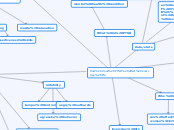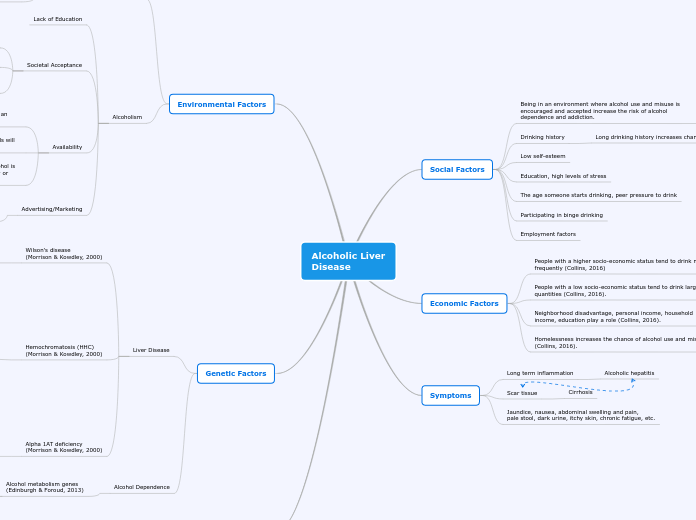Endocrine & Metabolic Disease
Pregnancy & Breast Feeding
oral complications/manifestations
hypersensitive gag reflex
enamel erosion
halitosis
periodontal disease
low birth weight
preterm birth
preeclampsia
gestational diabetes
may be associated with increased risk for periodontal disease
pregnancy gingivitis
fiery red and edematous interdental papillae
follow-up evaluation after delivery is recommended to ensure resumption of needed dental care, with radiographic assessment.
make only necessary X-ray exposures; use lead apron and thyroid collar
avoid all drugs if possible. If needed, use FDA category A or B, if possible.
watch for supine hypotension if patient is in supine position; most likely in late 3rd trimester. May need to change chair position
may have difficulty breathing in supine position
avoid most anxiolytics. short-term use of nitrous oxide is permissible if needed. 50% oxygen used.
acetaminophen is drug of choice for analgesics
consult with physician before prescribing antibiotics
Adrenal Insufficiency
Signs & symptoms
Hyperadrenalism
4 syndromes that are dependent on the adrenal product that is in excess
cortisol
mineralcorticoid
primary aldosteronism is associated with hypertension, hypokalemia, and dependent edema
estrogen
androgen
Rare, but most commonly affect reproductive organs
Cushing's syndrome
acne
Subtopic
hirsutism
hypertension
abdominal striae
"buffalo hump"
"moon facies"
Hypoadrenalism
hypoglycemia
myalgia
salt craving
anorexia
hypotension
hyperpigmentation of the skin and mucous membranes
abdominal pain
fatigue
weakness
Addison's Disease
adrenal crisis
immediate treatment
resolution of precipitating event/condition
fluid and electrolyte replacement
IV injection of a glucocorticoid
timely diagnosis
secondary adrenal insufficiency
steroids are prescribed in the management of nonendocrine, inflammatory, and autoimmune disorders
correcting the ACTH-dependent disorder and replacing the missing glucocorticoid
primary adrenal insufficiency
hormonal replacement therapy
management of the adrenal disease (elimination of the infectious agent or malignant disease)
postsurgery patients should be monitored for good fluid balance and adequate blood pressure during the first 24 hours. Tell patient to watch for signs of adrenal crisis.
have emergency medical kit ready
steroid supplementation for primary adrenal insufficiency during surgical procedures or infection
hypotension possible- may need to use supine chair position
monitor blood pressure throughout stressful procedures. Post-op monitoring for at least 8 hours is recommended after moderate surgery.
anxiety and stress increase risk of adrenal crisis, if adrenal insufficiency present--use stress/anxiety reduction techniques
Thyroid Diseases
thyroiditis
subacute painless- firm, nontender, enlarged gland
chronic fibrosing- hard, fixed, enlarged gland
acute suppurative- pain, tenderness in gland, fever, malaise
subacute painful- enlarged, firm, tender gland, pain that may radiate to ear or jaw
Hashimoto's- rubbery firm goiter, hypothyroidism develops later
general- dry, thick skin/dry hair; fatigue; edema; cold intolerance; hoarseness; weight gain
CNS- mental and physical slowness, sleepiness, headache
GI- constipation, anorexia, nausea and vomiting
cardiovascular- shortness of breath, hypotension, slow pulse
musculoskeletal- arthritis, muscle cramps
hyperthyroidism
other- increased risk for diabetes, decreased serum cholesterol level, increased risk for thrombocytopenia, sweating
eyes- retraction of upper lid, exophthalmos, corneal ulceration, ocular muscle weakness
skin- erythema, thin fine hair, areas of alopecia, soft nails
CNS- anxiety, restlessness, sleep disturbances, emotional lability, impaired concentration, weakness, tremors
GI- weight loss, increased appetite, pernicious anemia
cardiovascular- palpitations, tachycardia, arrhythmias, hypertension, cardiomegaly, congestive heart failure, angina, MI
skeletal- osteoporosis
thyroid cancer
external beam radiotherapy and chemotherapy
cervical lymph node dissection
radioiodine ablation and lifelong thyrotropin suppression achieved through levothyroxine replacement therapy
surgery to remove thyroid
hypothyroidism
synthetic preparations that contain sodium levothyroxine or sodium liothyronine
Thyrotoxicosis
large dose of antithyroid drugs for people who have thyrotoxic crisis
antithyroid agents that block hormone synthesis, iodides, radioactive iodine, or subtotal thyroidectomy
Dental management
myxedema coma-med emergency: vital signs monitored and seek medical aid
Use drugs with care because some drugs can increase the metabolism of thyroid replacement drugs
treat acute infection aggressively using appropriate antibiotics and incision and drainage when indicated
avoid CNS depressants and sedatives in patients with poorly controlled disease
thorough EO/IO, especially in thyroid area
may be subject to arrhythmias
excessive bleeding may occur
look for signs of allergic reaction in patients treated with antithyroid meds
Avoid epinephrine in patients with poorly controlled disease
Diabetes Mellitus
Classifications of Diabetes
Gestational:
-any degree of abnormal glucose tolerance during pregnancy diabetes.
Type 2:
-Insulin resistance with relative insulin deficiency/insulin secretory defect with insulin resistance
Type 1:
-Beta cell destruction, usually leading to absolute insulin deficiency.
-immune-mediated: presence of islet cell or insulin antibodies that identify the autoimmune process, leading to beta cell destruction
-Idiopathic: no evidence of autoimmunity
Signs & Symptoms
type 2:
postural hypotension
loss of sensation
dry flushed skin
blurred vision
nausea
Gastrointestinal upset
slight weight loss or gain
rate of onset: slow
obese
onset over 40 years old
90-95% of cases
type 1:
dry mouth
skin infections
drowsiness
bed wetting
irritability
loss of strength
weight loss
polydipsia, polyphagia, polyuria
onset before age 15
5-10% of cases
Medical Management
medications for vascular, kidney and ocular complications, including antihypertensive drugs.
insulin injections and pumps
oral hypoglycemic medications
weight reduction
modified nutrient intake
no cure
strict glycemic control established through regular monitoring reduces vascular and ocular complications
Dental Management
follow up: inspect for oral lesions as a way to monitor for disease progression. Poor periodontal health is associated with poor glycemic control.
Keep a source of sugar close by during treatment
patients should take their usual insulin dosage and eat normal meals before their dental appt, which is best to schedule in the morning
Consult with physician if not under control
patients with controlled diabetes need little to no special attention during dental treatment
Take vitals to control and manage disease
Chart the disease, if known, and all complications involved
Refer to physician for diagnosis & treatment if they are undiagnosed, but show signs of diabetes.









